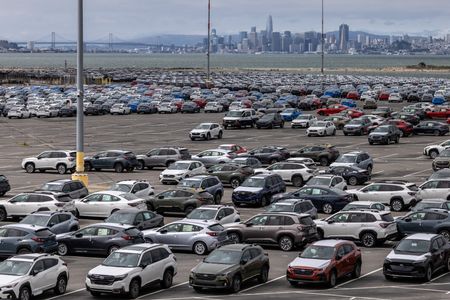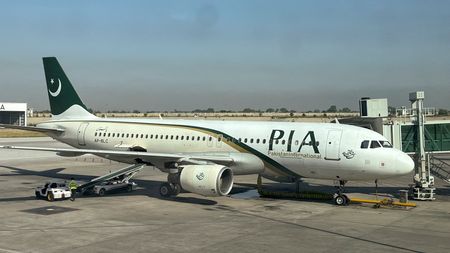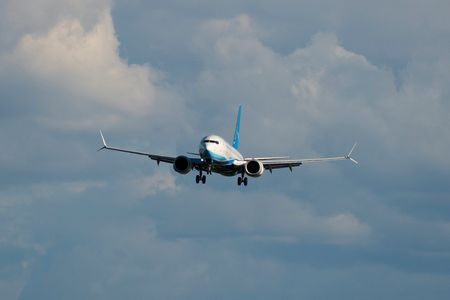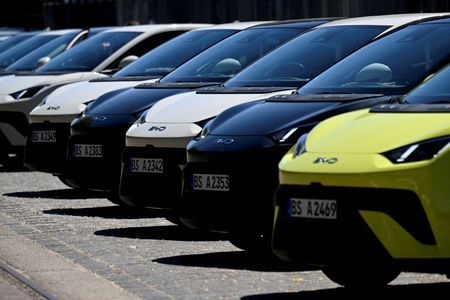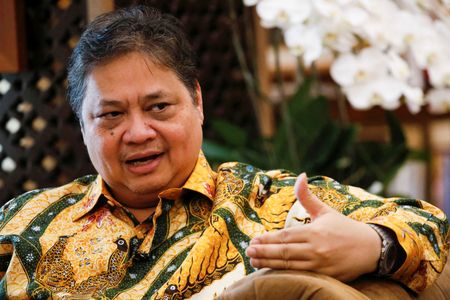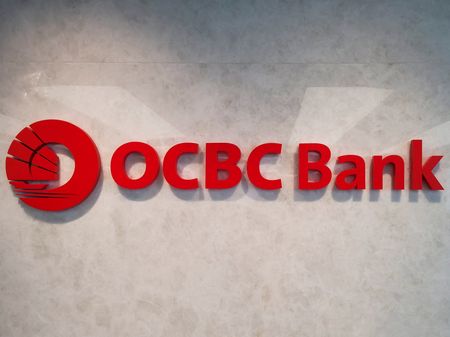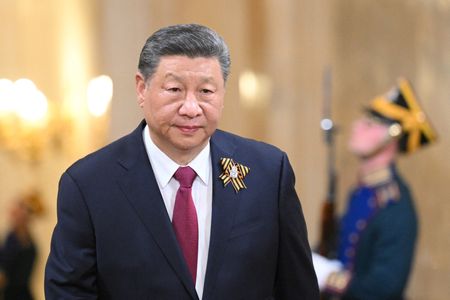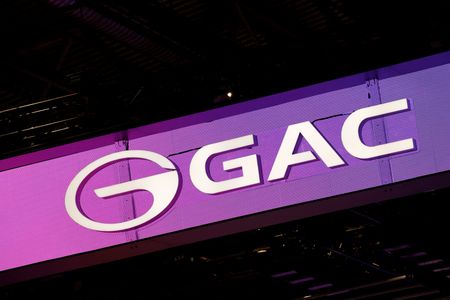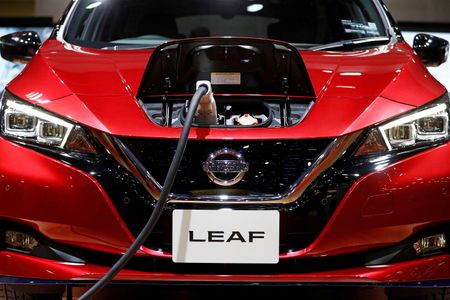By Andrea Shalal and Trevor Hunnicutt
WASHINGTON/TOKYO (Reuters) -U.S. President Donald Trump broadened his global trade war on Tuesday as he announced a 50% tariff on imported copper and said long-threatened levies on semiconductors and pharmaceuticals were coming soon.
One day after he pressured 14 trading partners, including powerhouse U.S. suppliers like South Korea and Japan, with sharply higher tariffs, Trump reiterated his threat of 10% tariffs on products from Brazil, India and other members of the BRICS group of countries.
He also said trade talks have been going well with the European Union and China, though added he is only days away from sending a tariff letter to the EU .
Trump’s remarks, made during a White House cabinet meeting, could inject further instability into a global economy that has been rattled by the tariffs he has imposed or threatened on imports to the world’s largest consumer market.
U.S. copper futures jumped more than 10% after Trump’s announcement of new duties on a metal that is critical to electric vehicles, military hardware, the power grid and many consumer goods. They would join duties already in place for steel, aluminum and automobile imports.
U.S. pharmaceutical stocks also slid from the day’s highs following Trump’s threat of 200% tariffs on drug imports, which he said could be delayed by about a year.
Other countries, meanwhile, said they would try to soften the impact of Trump’s threatened duties after he pushed back a Wednesday deadline to August 1.
Trump’s administration promised “90 deals in 90 days” after he unveiled an array of country-specific duties in early April. So far only two agreements have been reached, with the United Kingdom and Vietnam. Trump has said a deal with India is close.
Trump said countries have been clamoring to negotiate.
“It’s about time the United States of America started collecting money from countries that were ripping us off … and laughing behind our back at how stupid we were,” he said.
HIGHEST LEVELS SINCE 1934
Following Trump’s announcement of higher tariffs for the 14 countries, U.S. research group Yale Budget Lab estimated consumers face an effective U.S. tariff rate of 17.6%, up from 15.8% previously and the highest since 1934.
Goldman Sachs said Monday’s actions would add 1.4 percentage points to the U.S. effective tariff rate.
Trump’s administration has been touting those tariffs as a significant revenue source. Treasury Secretary Scott Bessent said Washington has taken in about $100 billion so far and could reach $300 billion by the end of the year.
Global stocks showed muted reaction on Tuesday, as investors took in their stride the latest twist in the tariff saga.
Trump said he will “probably” tell the European Union within two days what rate it can expect for it exports to the U.S., adding that the 27-member bloc had been treating his administration “very nicely” in trade talks.
The EU, the largest bilateral trade partner of the U.S., aims to strike a deal before August 1 with concessions for certain key export industries, such as aircraft, medical equipment and spirits, according to EU sources. Brussels is also considering an arrangement that would protect European automakers with large U.S. production facilities.
However, German Finance Minister Lars Klingbeil warned that the EU was prepared to retaliate if necessary.
“If we don’t reach a fair trade deal with the U.S., the EU is ready to take counter measures,” he said in the lower house of parliament.
Japan, which faces a possible 25% tariff, wants concessions for its large automobile industry and will not sacrifice its agriculture sector, a powerful domestic lobby, for the sake of an early deal, top trade negotiator Ryosei Akazawa said on Tuesday.
South Korea, which also faces a possible 25% tariff, said it planned to intensify trade talks over the coming weeks “to reach a mutually beneficial result.”
Washington and Beijing agreed to a trade framework in June, but with many of the details still unclear, traders and investors are watching to see if it unravels before a separate, U.S.-imposed August 12 deadline or leads to a lasting detente.
SPREADING THE PAIN
Trump said the United States would impose tariffs of 25% on goods from Tunisia, Malaysia and Kazakhstan, with levies of 30% on South Africa, Bosnia and Herzegovina, climbing to 32% on Indonesia, 35% on Serbia and Bangladesh, 36% on Cambodia and Thailand and 40% on Laos and Myanmar.
Cambodia, hit hard by levies imposed in April, on Tuesday hailed as a big success a reduction in the tariff rate from 49% to 36% and said it was seeking to negotiate a further cut.
The tariffs have been an issue for Cambodia’s garments and footwear sector, a major employer and the biggest driver of its economy.
The U.S. is also the main export market for Bangladesh’s ready-made garments industry, which accounts for more than 80% of its export earnings and employs 4 million people.
“This is absolutely shocking news for us,” Mahmud Hasan Khan, president of Bangladesh Garment Manufacturers and Exporters Association, told Reuters on Tuesday.
“We were really hoping the tariffs would be somewhere between 10-20%. This will hurt our industry badly.”
(Reporting by Andrea Shalal, Trevor Hunnicutt, Dan Burns, Bhargav Acharya, Jack Kim, Ju-min Park, Jihoon Lee, Joyce Lee, Philip Blenkinsop, Julia Payne, Olivia Le Poidevin, Emma Farge, Rachel More Martin Petty Writing by Andy Sullivan and Keith Weir; Editing by Hugh Lawson, Bernadette Baum and Cynthia Osterman)

